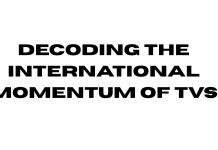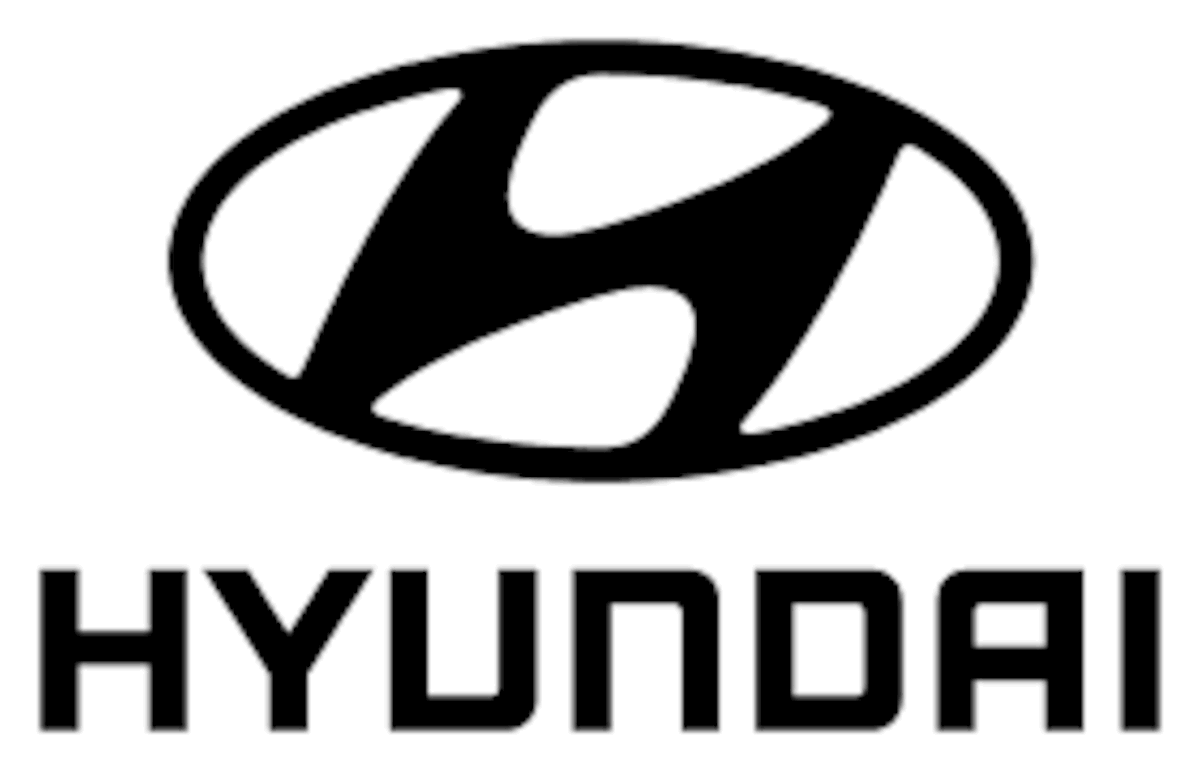The Hyundai Motor Group has announced a new strategy to increase its annual sales target for pure electric cars to two million units by 2030. This is another 130,000 BEVs per year, more than announced in the Group’s strategic plan last year.

Hyundai Motor Way
The new strategy, “Hyundai Motor Way”, envisages total investments of 109.4 trillion won (equivalent to about 77.5 billion euros) over the next ten years. Of this, 35.8 trillion won (approximately 25.4 billion euros) will be invested in electrification. 9.5 trillion won (6.7 billion euros) is earmarked for battery development, with the remainder funding the development of a new electric car platform and increased production capacity for electric cars.
The second-generation BEV platform is the Integrated Modular Architecture (IMA), which will replace the current Electric-Global Modular Platform (E-GMP). The IMA will be used in 13 new electric models of the group by 2030. The IMA will standardise the chassis, motors, and battery system with cell-to-pack technology. This should significantly increase economies of scale and reduce complexity (and thus development costs).
Both platforms
Two vehicle platforms will be derived based on the IMA architecture: The eM for electric passenger cars “in all segments” and the eS for special vehicles (Purpose-Built-Vehicles, PBV for short). Both platforms will draw on IMA’s motor and battery kits.
Thanks in part to the new platform, Hyundai Motor aims for a margin of more than ten per cent for electric vehicles in 2030. Production will also play an essential role in achieving these goals. The Korean company also announced an “expansion of EV production and optimisation of capacity”.
This is to be done not only by building new EV factories (as in Ulsan), but also “by using existing ICE plants to reduce costs and time”. Depending on market demand, more internal combustion lines will be converted to e-vehicles. In regions “that are expected to grow significantly in the future and require localisation”, battery-electric car plants are to be built – for example, in the US state of Georgia.
Development
Like other carmakers, the battery value chain is also increasingly becoming the strategists’ focus. Hyundai is aiming for stable procurement of battery materials but also wants to strengthen its development.
To what extent this involves the development of battery cells or the optimisation of battery systems with cell-to-pack or cell-to-chassis approaches is unclear from the press release. What is clear, however, is that in addition to NMC batteries, the Korean company also announced plans to offer LFP batteries in the future.
The more than 100 trillion won in total investments includes battery-electric mobility and investments in future businesses such as autonomous driving, hydrogen, robotics and Advanced Air Mobility (AAM).
The Hyundai Motor Way strategy has several potential benefits, including:
- Increased sales of electric vehicles: The strategy aims to increase annual sales of pure electric vehicles to two million units by 2030. This would represent a significant increase from the current sales level and help Hyundai achieve its goal of becoming a leader in the global electric vehicle market.
- Improved margins for electric vehicles: It includes investments in battery development and production, which should help reduce electric vehicle costs. This, in turn, should lead to improved margins for electric vehicles.
- Increased brand value: To make Hyundai more sustainable and future-oriented. This should help improve Hyundai’s brand value and make it more attractive to consumers looking for environmentally friendly vehicles.
- New business opportunities: The strategy includes investments in future businesses such as autonomous driving, hydrogen, robotics and Advanced Air Mobility (AAM). These investments could open up new business opportunities for Hyundai and help the company to grow in the long term.
The Hyundai Motor Way strategy has the potential to benefit the company significantly. By investing in electric vehicles, battery development and future businesses, Hyundai is positioning itself for long-term success in the automotive industry.
Here are some additional benefits of the Hyundai Motor Way strategy:
- Increased customer satisfaction: The strategy is designed to offer customers a more enjoyable and convenient electric vehicle ownership experience. This could include improved charging infrastructure, longer battery ranges, and more stylish and comfortable interiors.
- Reduced environmental impact: Also, the strategy is focused on reducing the environmental impact of Hyundai’s vehicles. This could include using more sustainable materials, reducing emissions, and improving fuel efficiency.
- Strengthened brand image: To strengthen Hyundai’s brand image as a leader in the electric vehicle market. This could lead to increased sales, market share, and higher brand value.
Conclusion
The Hyundai Motor Way strategy is a bold and ambitious plan that has the potential to transform the company. If successful, the strategy could make Hyundai a significant player in the global electric vehicle market and help the company to achieve its long-term sustainability goals.




































